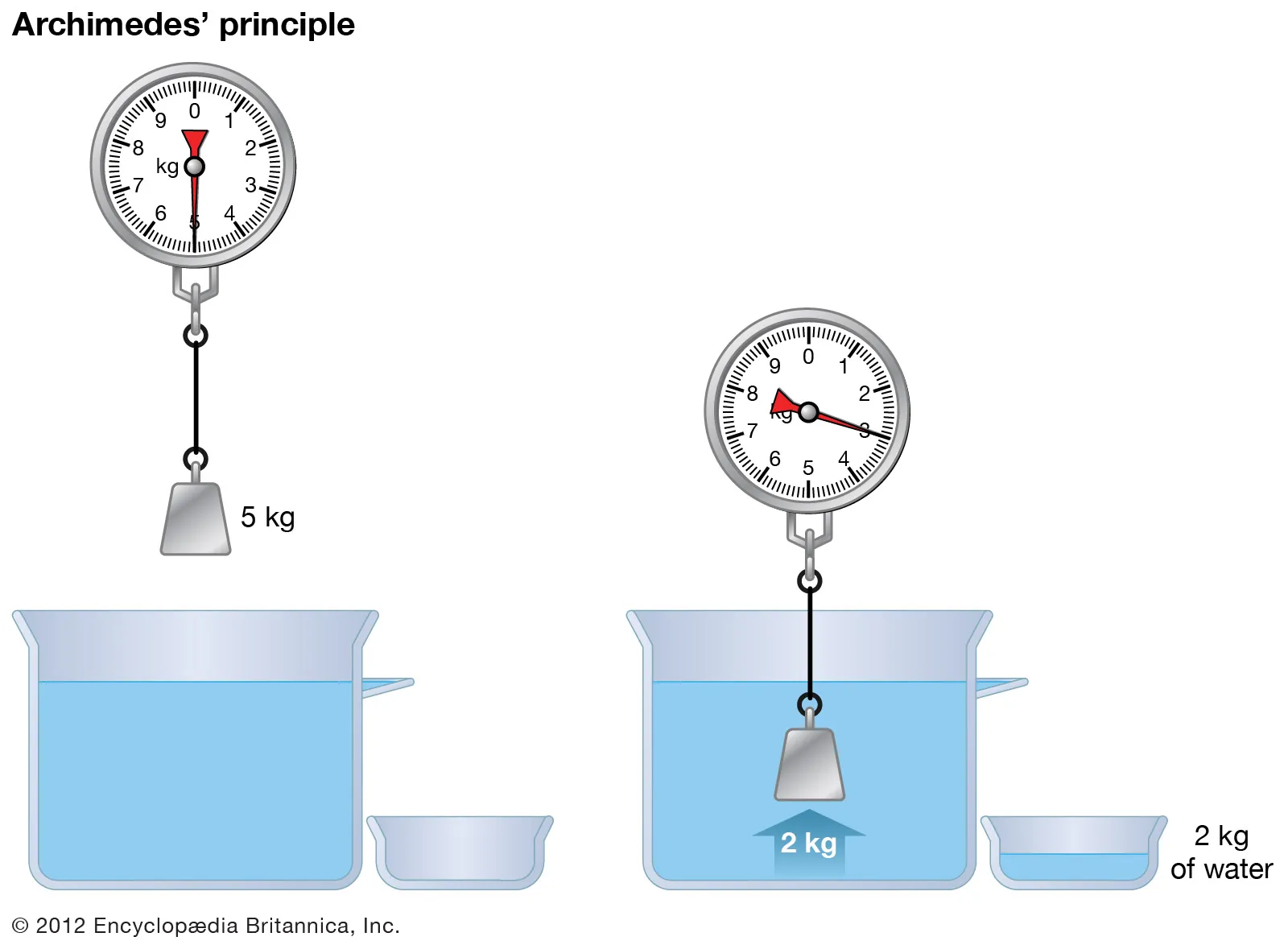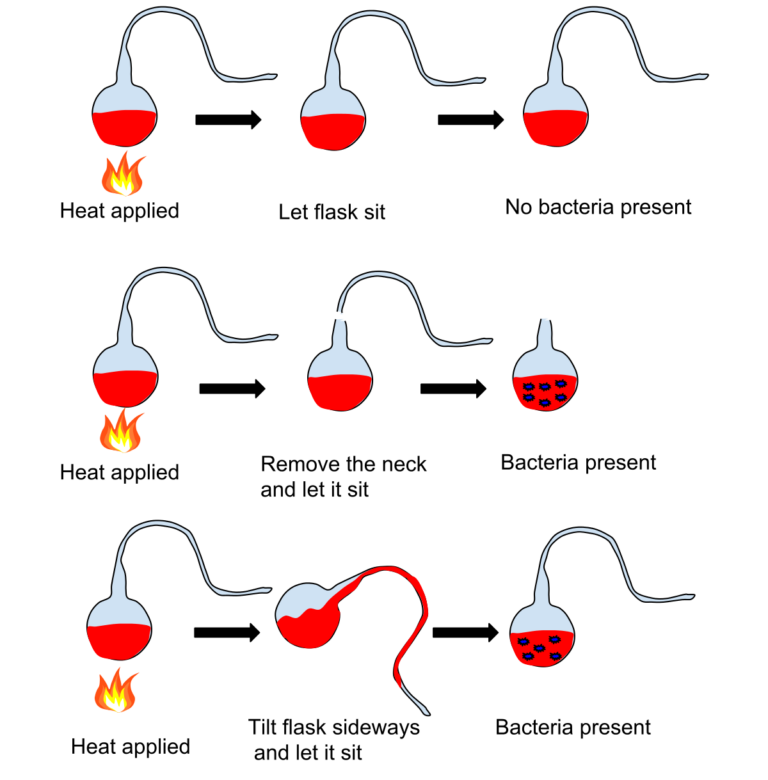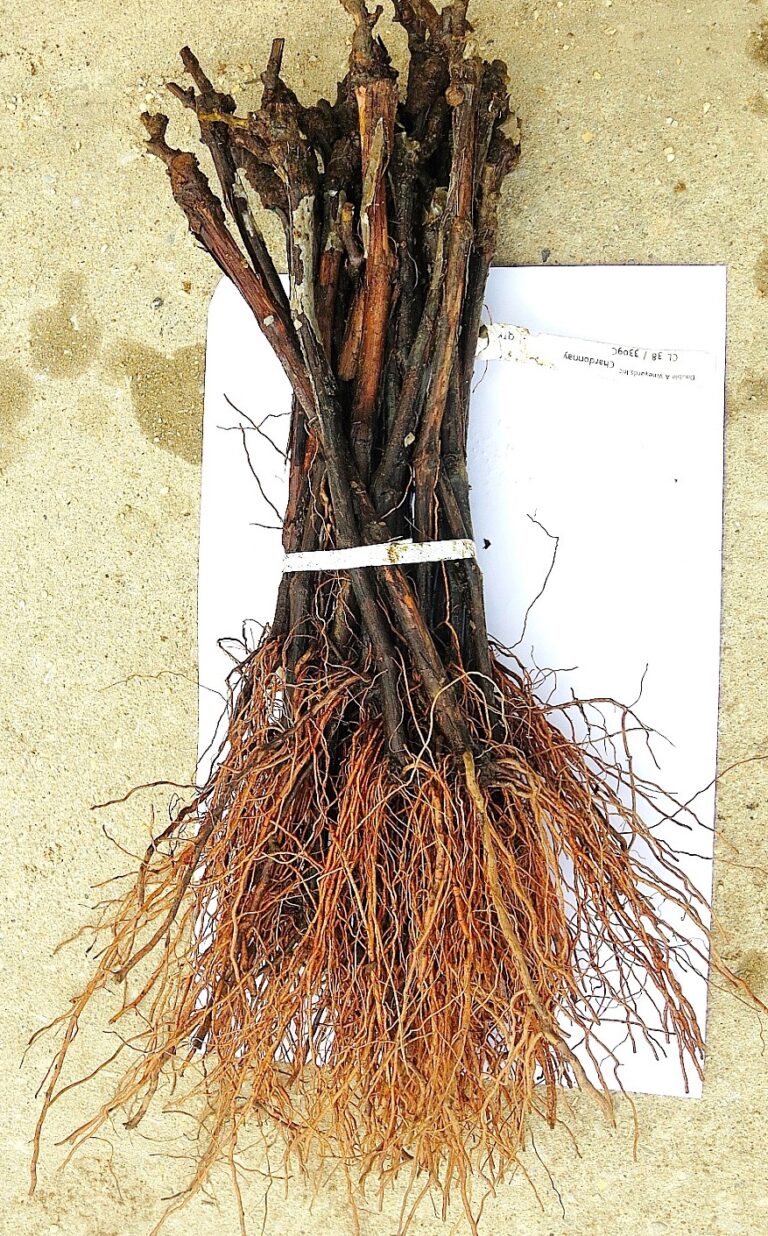Brix is a measurement of sugar within a grape. Technically, it is the amount of dissolved sugar in a liquid. It is based off of the concept of relative density or specific gravity which is the ratio of the density compared to the density of a given reference material. When it comes to wine, the specific gravity is measured against water at its densest which is 39.2oC (4oC.)
Brix (Bx) levels are named after the mathematician and engineer, Adolf Ferdinand Wenceslaus Brix (1798-1870). Brix was a civil engineer, director of the Royal Prussian Commission for Measurements and a member of the Ministry of Trade. As if that was not enough, he was a teacher of applied mathematics at the Technical University of Berlin.

Let’s go back to the basics of wine. Grapes contain sugar that is consumed by the yeast (either natural or commercial) that are present. As the yeast consume the sugar, they release carbon dioxide and alcohol. Therefore, the more sugar that is present in the grapes at harvest, the more alcohol will be produced (barring any stuck fermentations.)
One degree Brix = 100g of sucrose in 100 g of solution. Since sugar levels play an extremely important role in the production of wine, it is imperative that the winemaker knows the amount of sugar at the time of harvest. We can measure Bx in several ways.
The first way is to use refraction. Remember your high school science class; the bending pencil. Refraction in light is the change in direction of light as it passes through different mediums. In the case of the bending pencil trick the two mediums are water and air. When the tip of the pencil pses from water to air they change direction; or get refracted. But since our eyes can only see in straight lines, it makes it look as if the pencil is bent.
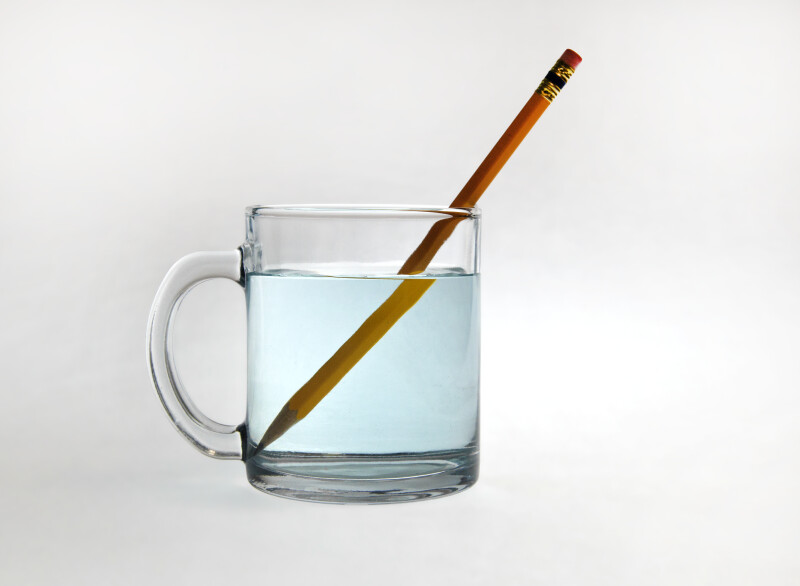
With that scientific knowledge, we use a refractometer to measure the sugar levels in the vineyard. Since sugar is a solid, and is found in the liquid of the juice, refraction can be used. The more sugar in the juice, the more the refraction/bending of light. Refractometers measure the degree to which the light changes direction, called the angle of refraction. If we return to the above pencil, if we added sugar to the solution, the pencil would look like it was even further apart. The more sugar in the water, the more bent the pencil would appear.
As you can see in the video, using a refractometer is super easy. You pick a grape and squeeze some of its juice onto the lens which is a prism. Then hold it up to your eye and look into light. and look at the scale. The place where the dark and light meet, is the Brix level.
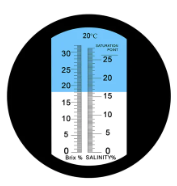
While the United States uses Brix, other countries, such as Germany and Swizerland, follow a different scale. In these wine making industries, the Oechsle scale is used. The physicist, Ferdinand Oechsle developed this scale in the nineteenth century, around the same time as Brix. Ferdinand was a mechanical workshop owner, goldsmith and an inventor. As opposed to measuring the amount of refraction, Oechsle measures the weight of the grape juice or MUST. This scale is used by traditional German law, specified for each grape variety and wine region. For example in Mosel to be considered a SPÄTLESE, it must have 76 degrees Oechsle.
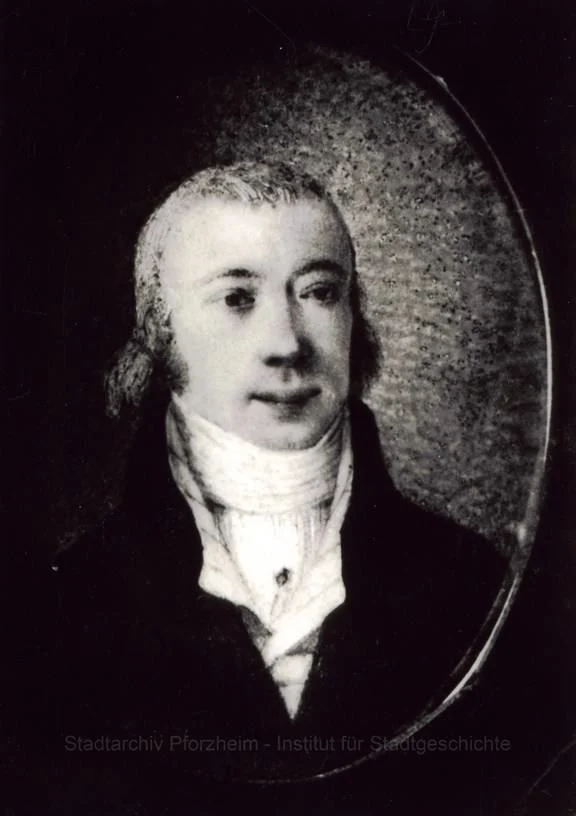
Another way we can measure Brix is by using a hydrometer. This measures the specific gravity based on buoyancy. The more sugar in the liquid, the more dense it is. If we return to our high school science class again, I’ll jog your memory about the Archimedes Principle. This principle states that any body completely or partially submerged in a fluid (gas or liquid) at rest is acted upon by an upward, or buoyant, force, the magnitude of which is equal to the weight of the fluid displaced by the body. This is represented whenever you take a bath. The water level rises as you submerge yourself. In other words, the more you weigh, the more water is displaced.
Unlike the refractometer, where we can use one grape, it takes significantly more grapes to use a hydrometer; approximately 200 and they need to be crushed to release the juice. The concept is exactly the same. A liquid with no sugar in it has a specific gravity of 1. The more sugar (or solids) in the liquid the dense it is. A hydrometer measures this density and provides the specific gravity reading. There are different sized hydrometers and they are calibrated to work best at 68oF (20oC.) You simply place the hydrometer in the juice and it will float. After it normalizes, just read the measurement at the top of the liquid.
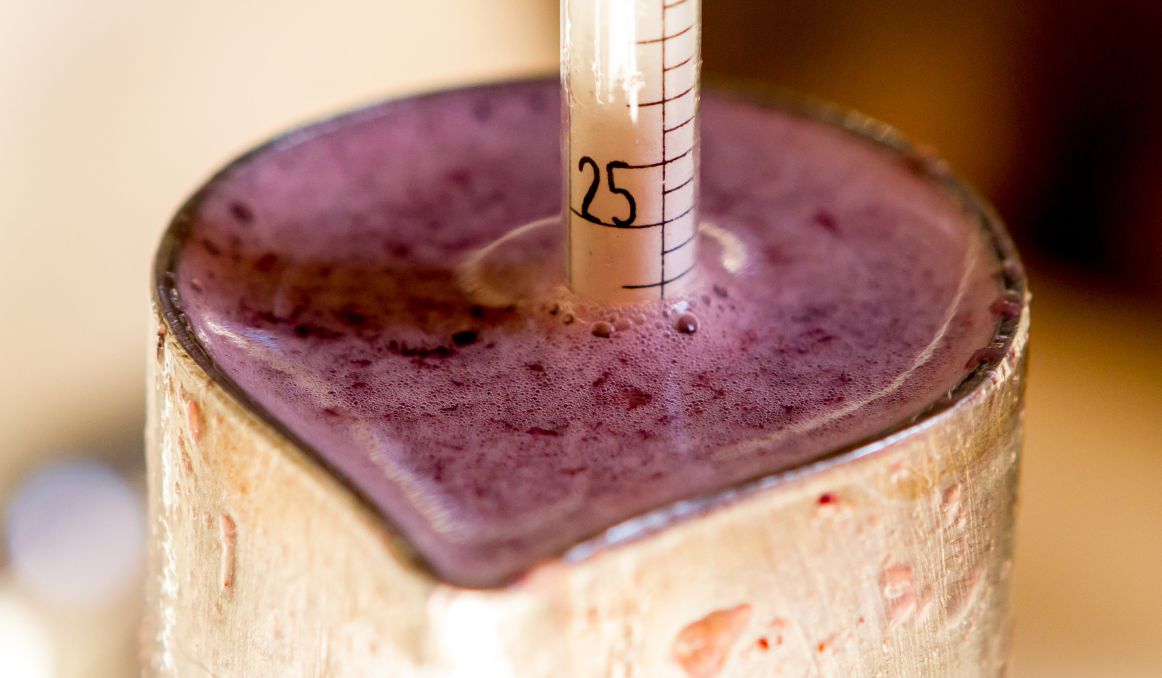
Now that we know the sugar levels, we can predict the amount of alcohol in the finished product. But we there are a few things that you need to keep in mind when calculating the final alcohol content. Temperature plays a major role in the level of sugar in a grape, thanks to the dehydration of the grape. A spike in temperature will increase the sugar levels. However, if the temperature drops, so too will the sugar level.
Have you been missing the weekly Exploring the Wine Glass posts? They have moved. Sign up at http://eepurl.com/be49CD to never miss a post. Subscribe to Dracaena Wines’ blog in the sidebar.
The other major consideration in determining finished alcohol content is the yeast that is used to consume the sugar. It use to be that you divided it in half. So if BRIX was 28, your alcohol would be 14. BUT, yeast are becoming more efficient at performing their alcoholic fermentation. Do it enough and you get better. The yeast are now fermenting at .59% So a Brix of 22 gives you 12.9% alcohol. (as opposed to 11) Additionally, different strains of yeast will perform at different levels, so understanding the yeast you are using will effect the final alcohol content.
~Slàinte!
Please follow us on Instagram, Twitter, Facebook and Youtube.
Have you been missing the weekly exploring the wine glass posts? They have moved. Sign up at http://eepurl.com/be49CD to never miss a post.
Dracaena Wines has received consistent 90+ ratings and multiple Double Gold medals. Click image to order yours today and let Dracaena Wines Turn Your Moments into Great Memories!
